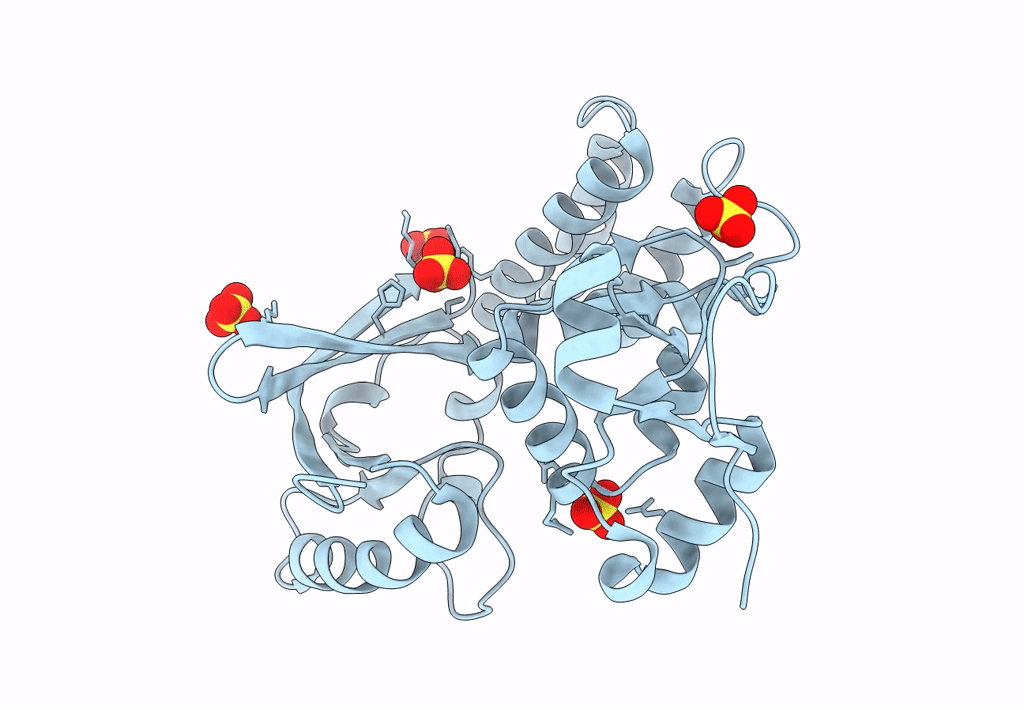
Deposition Date
2023-03-03
Release Date
2023-05-24
Last Version Date
2024-10-23
Entry Detail
PDB ID:
8ILC
Keywords:
Title:
Crystal structure of Se-Met CoV-Y domain of Nsp3 in SARS-CoV-2
Biological Source:
Source Organism:
Host Organism:
Method Details:
Experimental Method:
Resolution:
2.20 Å
R-Value Free:
0.23
R-Value Work:
0.21
R-Value Observed:
0.21
Space Group:
P 65


